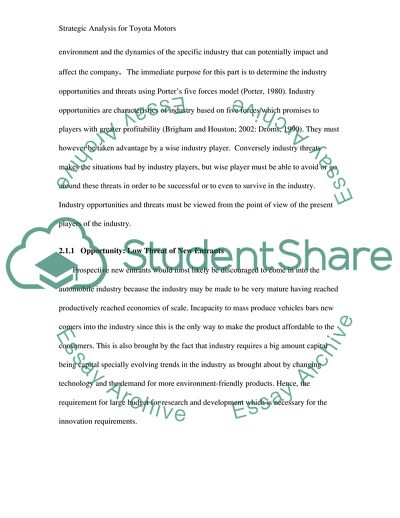Cite this document
(A Strategic Plan for Toyota Motors Term Paper Example | Topics and Well Written Essays - 3500 words, n.d.)
A Strategic Plan for Toyota Motors Term Paper Example | Topics and Well Written Essays - 3500 words. https://studentshare.org/marketing/1711341-strategic-management
A Strategic Plan for Toyota Motors Term Paper Example | Topics and Well Written Essays - 3500 words. https://studentshare.org/marketing/1711341-strategic-management
(A Strategic Plan for Toyota Motors Term Paper Example | Topics and Well Written Essays - 3500 Words)
A Strategic Plan for Toyota Motors Term Paper Example | Topics and Well Written Essays - 3500 Words. https://studentshare.org/marketing/1711341-strategic-management.
A Strategic Plan for Toyota Motors Term Paper Example | Topics and Well Written Essays - 3500 Words. https://studentshare.org/marketing/1711341-strategic-management.
“A Strategic Plan for Toyota Motors Term Paper Example | Topics and Well Written Essays - 3500 Words”. https://studentshare.org/marketing/1711341-strategic-management.


